Torrelavega (ES)
Les Dossiers synthétiques et d'enjeux sont disponibles gratuitement.
Merci de vous inscrire et vous connecter pour accéder au Dossier complet de site.
- Dossier synthétique EN | ES
- Dossier d’enjeux EN | ES
- Le site sur Google Maps
- Retour à la carte
Données synthétiques
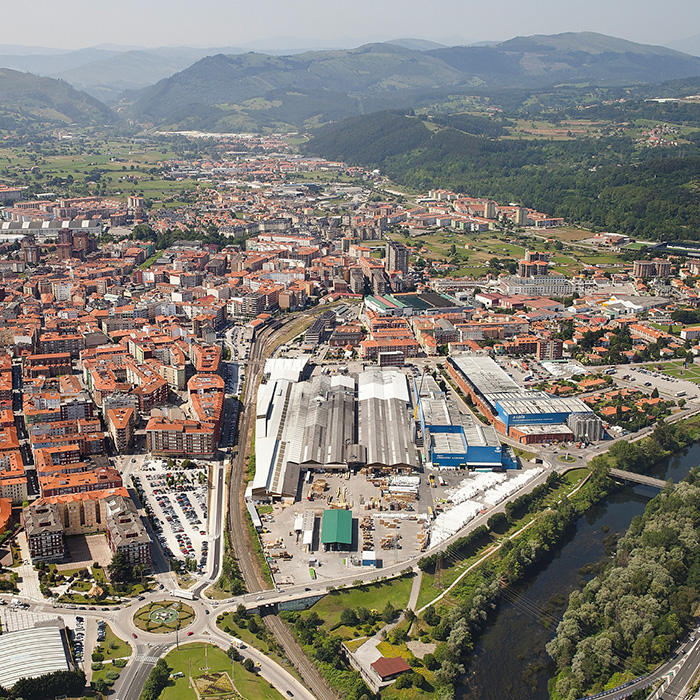
TORRELAVEGA (ES)
Scales L/L
Team representative Architect/urban planner
Location Torrelavega
Population 51,042 inhabitants
Reflection site 29,72 ha - Project site 5,74 ha
Site proposed by Cantabria Regional Government
Actors involved Cantabria Regional Government + Torrelavega City Council
Owner(s) of the site ADIF, MITMA and private owners
Commission after competition Special Plan for Internal Reform (PERI).
Information complémentaire
Inhabited milieu's challenges
The natural boundary of the river and the road and rail infrastructures condition mobility in the town, especially in the central area of the city, historically fragmented by the rail corridor that isolates several neighbourhoods from the rest of the city, dividing it in two.
These neighbourhoods are composed of a very interesting plurality of residential typologies; they combine single-family and collective housing in open blocks, like part of one of the city's traditional colonies (Sniace) which used to group together the urban life of the workers (workers and managers), with patches of incomplete closed blocks and isolated industrial structures: a complex yet diverse fabric juxtaposed without any apparent order, with the exception of the Sniace Colony, structured by two roads: Pablo Garnica and the Paseo del Niño, which are precisely the axes that bypass the railway to merge with the central administrative city.
The weight of the infrastructures in the functioning of this area of the city is enormous; they are understood as physical and perceptual borders that isolate part of the city, an area that is located in a strate- gic position in terms of access to the city, in terms of its proximity to the administrative centre, and from the point of view of the urban landscape with significant potentials such as the Saja-Besaya River that runs through it, forming its western, northern and eastern limits.
The removal of the roads should undoubtedly improve mobility in this area of the city, which will have to accommodate all modes of travel, implementing measures to promote a rational and sustainable mobility system where priority is given to pedestrians and to modes of transport alternative to road traffic.
It is important to highlight the great potential of its two structuring roads, as the Paseo del Niño extends towards the Ronda Bulevar and Pablo Garnica goes into the heart of the central city.
Questions to competitors
The character of the barriers, to break or to sew? The intention is to remove the railway border that has been a constant feature of urban life in the city for many decades, isolating neighbourhoods from the rest of the city, preventing permeability with the river that runs tangent to the urban fabric, with the possibility of reinforcing its banks, renaturalising them, opening them up to urban transit. In the process of suppressing the railway border possible courses of action open up, which involve generating new build- able volumes, rethinking the road system; these actions should in no case constitute "new borders". In conclusion, sewing the city together by the integration of a large area recovered with the undergrounding of the railway.
Typological diversity, chaos or complexity? The integration of fabrics as a project element. From typological diversity to chaos, as opposed to the conformation of a complex urban scene that inteweaves and complements each other, absorbing diverse uses.
The connection with the banks of the river, physical or perceptive? Actions in the built-up city, in the heart of the consolidated fabric, when there are significant natural elements such as the tracing of the River Saja-Besaya, open up the hope of imagining a new urban conformation that brings the river corridor closer to the heart of the city. The suppression of roads can promote this connection, the kind of links to be established, how far it should or could go, the importance of reinforcing parks and leisure are- as, overlooking the natural and artificial landscape, the establishment of new perspectives, taking advantage of the conformation of new volumetries; how far and how to materialise it.
Historic traces, from oblivion to renovation? Historical traces have been defining the city through-out its life, however, many urban renewal actions break them and even make them disappear; how far should we go with interventions in processes that have become traumatic, such as a railway crossing that fractures, separates. In these cases is it plausible to wield oblivion to heal the open urban wound?
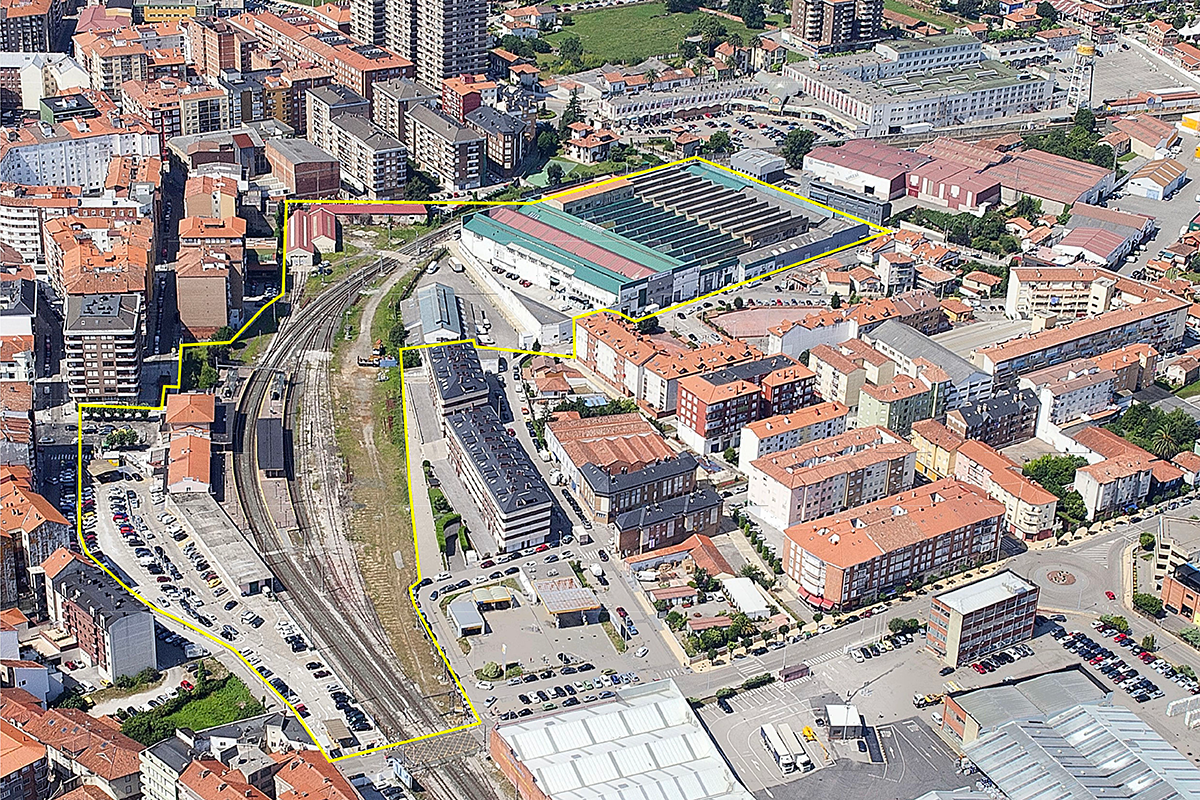
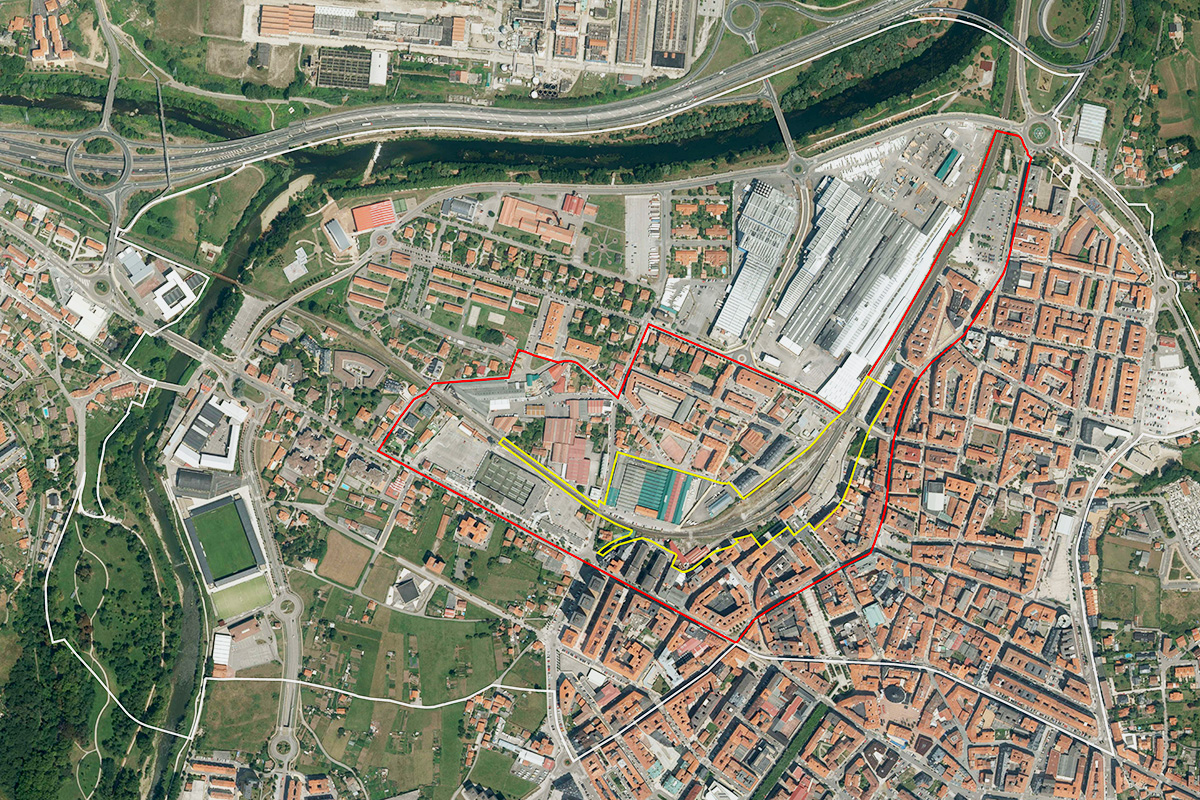
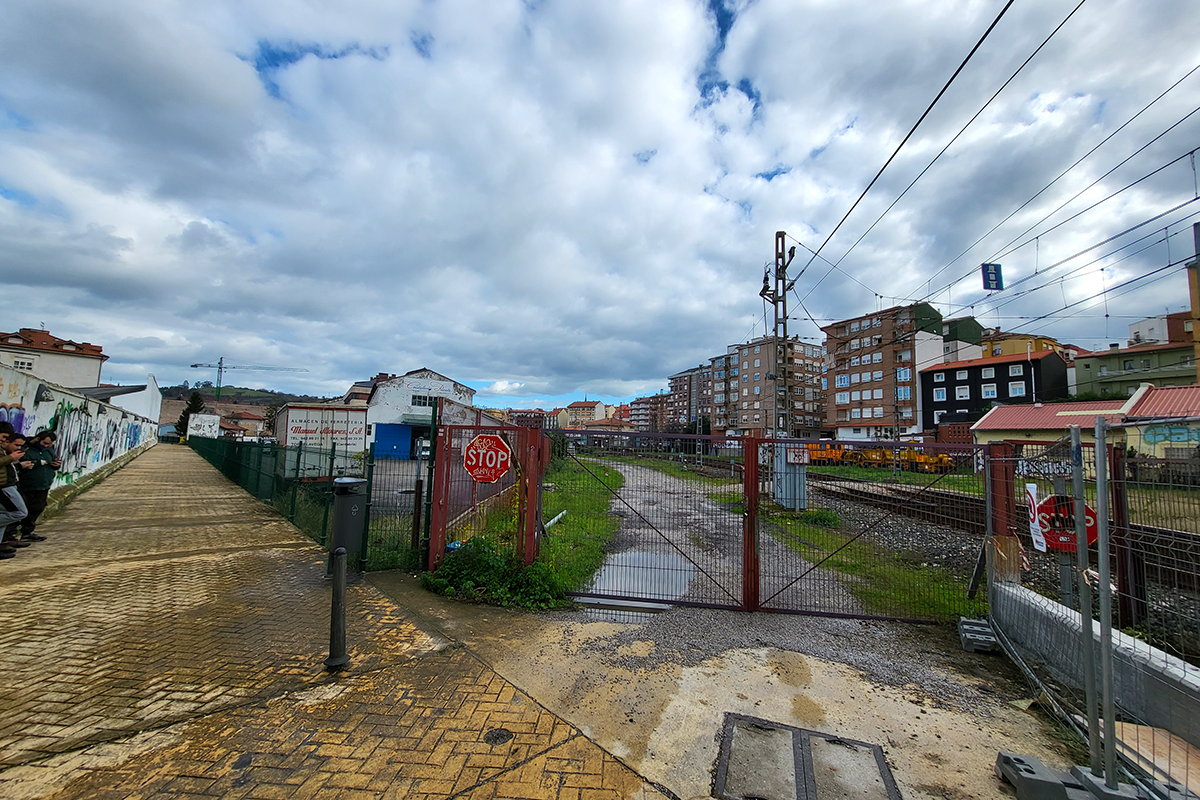
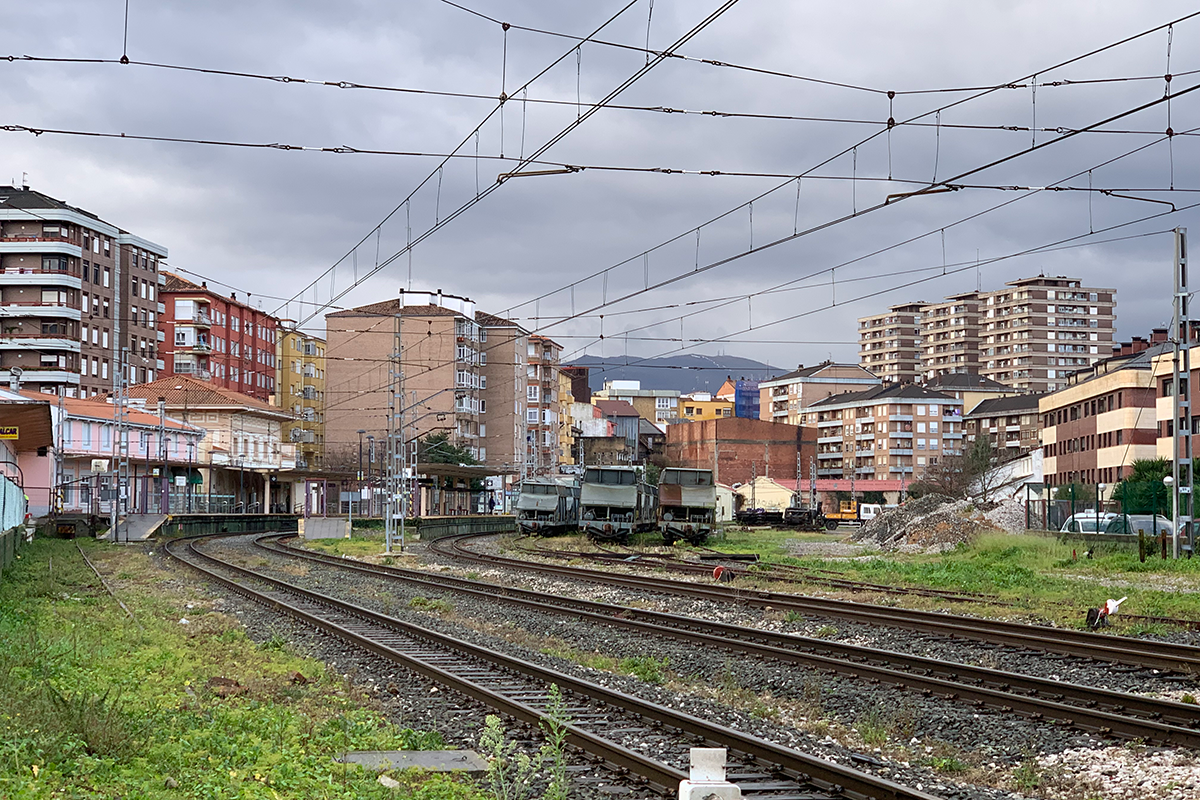
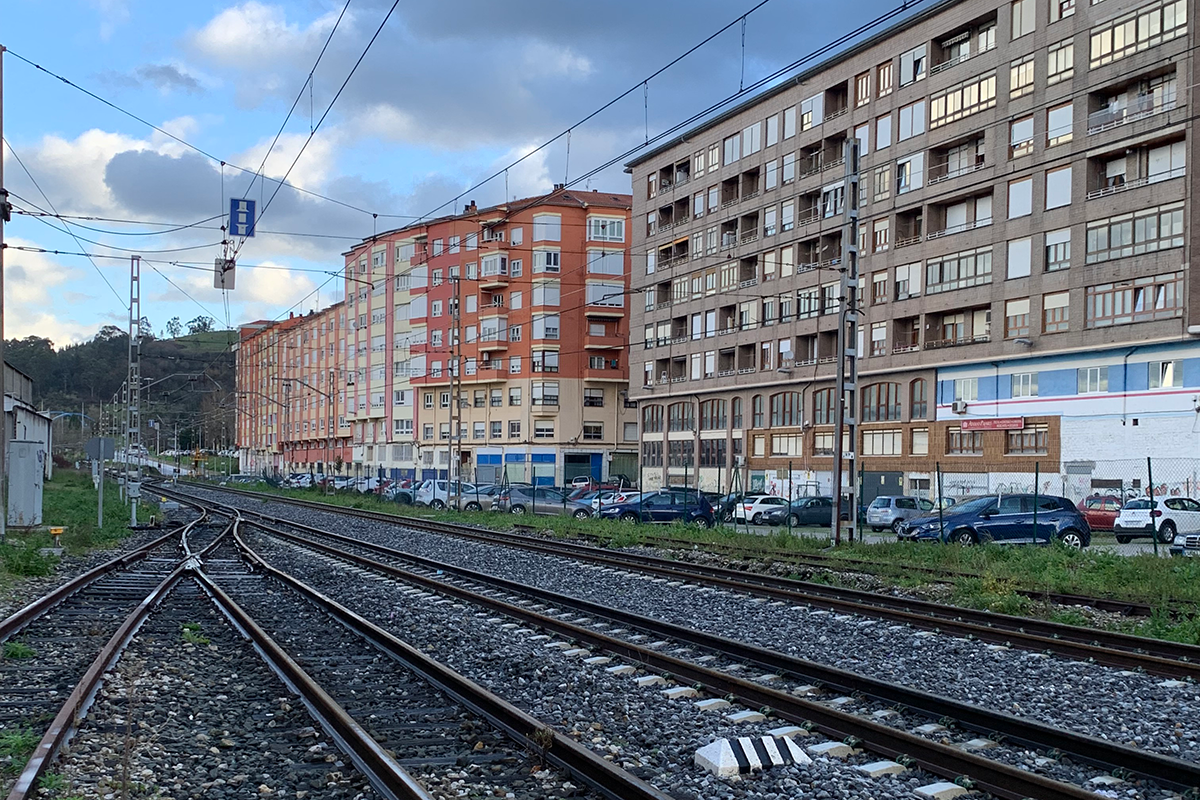
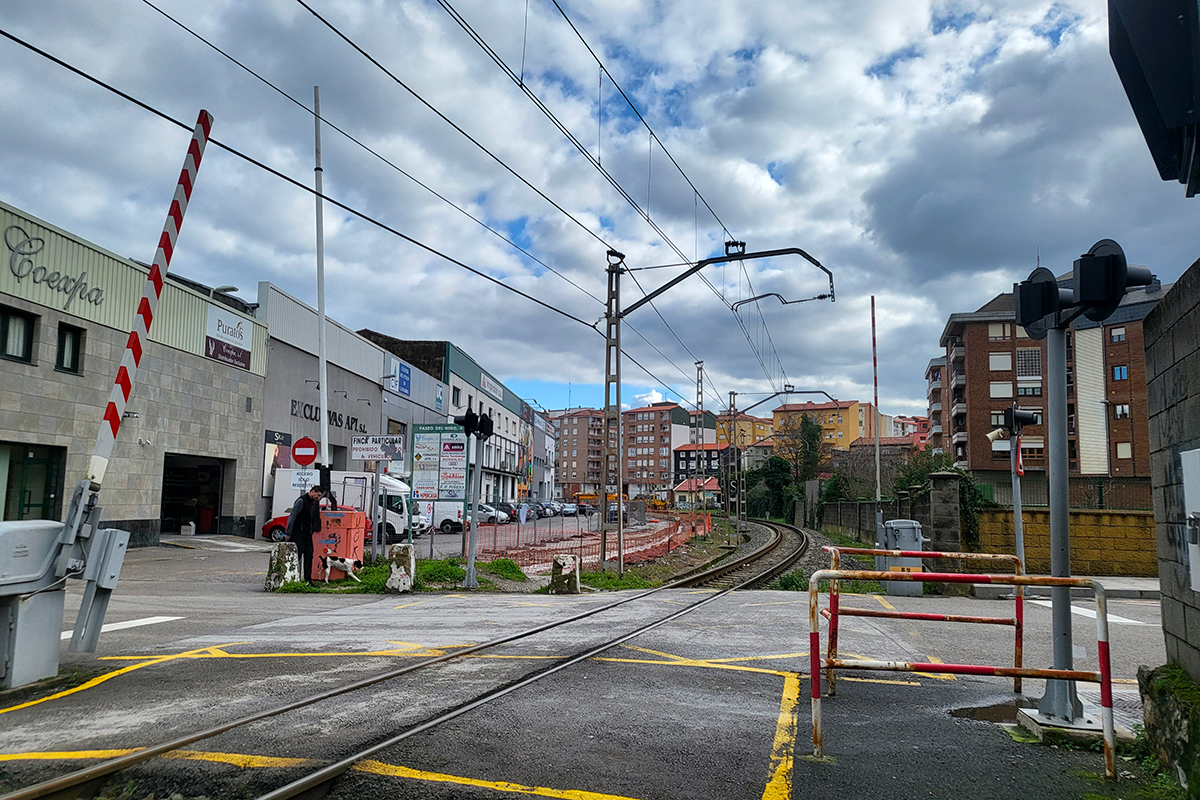
Questions à propos du site
The project documentation of the new planned station includes a road parallel to the longitudinal axis of the project area and even connections with perpendicular roads. Should this proposal be respected? Can the road access to the station be reconsidered? Is it essential for road traffic to reach the access gate? En la documentación del proyecto de la nueva estación proyectada se incluye un viario paralelo al eje longitudinal del área de proyecto e incluso conexiones con vías perpendiculares. ¿Se debe respetar esta propuesta? ¿Se pueden replantear los accesos rodados a la estación? ¿es imprescindible que el tráfico rodado llegue hasta la puerta de acceso?
With regard to the questions about the accesses, it is possible to propose alternatives to the one shown on the plans, as what is represented only corresponds to the direct access proposed by Adif. It is advisable to provide road access as close to the station as possible, as accessibility for taxis, the disabled, etc. must be taken into account.
Respecto a los accesos, es posible plantear alternativas a la grafiada en los planos ya que lo representado únicamente responde a su acceso directo sin más propuesto por Adif. Es recomendable preveer acceso rodado lo más próximo a la estación pues hay que tener en cuenta la accesibilidad de los taxis, discapacitados etc.
En el área de actuación se incluyen algunas parcelas de titularidad privada. ¿Es posible plantear actuaciones en ellas o simplemente se da esta información para tener toda la información en cuanto a limitaciones? The reflection site includes some privately owned plots of land. Is it possible to plan actions on these plots or is this information simply given in order to have all the information in terms of limitations?
Hay dentro del ámbito algunas parcelas de titularidad privada sobre las que se puede actuar, la administración adquirirá o expropiará el suelo que no sea público para el desarrollo de la actuación.
There are some privately owned plots of land within the area on which the project can be planned; the administration will acquire or expropriate the land that is not public for the development of the project.
¿Es posible plantear la reubicación de la nueva estación proyectada siempre y cuando se siga el trazado de las vías soterradas?
No, no es posible, en su emplazamiento las vías deben mantener mayor separación y los radios de curvatura y ancho del espacio disponible no hace imposible.
¿Es posible reconsiderar el aparcamiento subterráneo propuesto? ¿Sería posible plantear nuevas construcciones sobre el área ocupada por el aparcamiento existente?
Yes, it is possible to reconsider the proposed underground car park and even the construction above it, whether or not it is retained.
Si, es posible reconsiderar el aparcamiento subterráneo propuesto e incluso la construcción sobre él, tanto si se mantiene como si no.
Hay algun tipo de especificación respecto a los usos que se pueden proponer en la zona de intervención, o es a elección de los proyectistas?
There are no specific uses as a starting point; it is up to the designers to choose.
No hay usos específicos como punto de partida, queda a elección de los proyectistas.
En el área de intervención, hay algún edificio protegido o que no se pueda demoler?
There are no buildings for which protection is required.
No hay ningún edificio del que se plantea la exigencia de su protección.
Para los nuevos volúmenes proyectados, se debe respetar altura máxima de tres plantas y diez metros que especifica la vigente normativa urbanística? O hay algún otro límite de altura?
The limit is 7 floors in the Revision Document, but others could be considered, either through the Plan Revision or its Modification, the proposed approach should be justified as a whole, as it is also advisable to analyse both the area of influence and reflection, as can be seen from all the documentation provided by the City Council.
El límite está en 7 plantas en el Documento de Revisión, pero podrían plantearse otras, bien a través de la Revisión del Plan como de su Modificación, se debería justificar el planteamiento propuesto en su conjunto pues además es recomendable analizar tanto el área de influencia como de reflexión, como se desprende de toda la documentación aportada por parte de Ayuntamiento.
Informative Study for the undergrounding of the railway in Torrelavega
Le site est lié au thème suivant
LAISSEZ LES OISEAUX CHANTER ! Imaginer l'espace public comme un paysage biodiversifié. Imaginer l'espace public comme un sol, comme la preuve que YES, WE CAN – à travers le design – relever les défis posés par la crise due au changement climatique, en termes de questions sociales et environnementales. Imaginer l'espace public comme un agent d'inclusion des différences, à la fois en termes d'humains et de non-humains, et comme un médiateur entre les nouvelles interdépendances. Imaginer les sols, les plans d'eau, les rivages et les corridors écologiques comme les acteurs principaux pour guider des processus de transformation complexes.
Réinventer l'espace public comme paysage de biodiversité
Sur les sites suivants, l'espace public est le lieu où se développe le thème des Villes vivantes.
Documents spécifiques
Questions à propos du site
Pour pouvoir poser une question, vous devez être connecté (et, par conséquent, inscrit au concours).
Ve. 16 mai 2025
Date limite de soumission des questions
Ve. 30 mai 2025
Date limite de réponses aux questions
Avant de soumettre votre question, assurez-vous qu'elle n'apparaît pas déjà dans la FAQ.
Merci de poser vos questions sur les sites dans le menu Sites.
Merci de poser vos questions sur le règlement dans le menu Règlement.
Si votre question ne reçoit pas de réponse dans les 10 jours, merci de vérifier qu'elle ne figure pas dans la FAQ sous un autre intitulé ; sinon, contactez le secrétariat concerné par email (secrétariats nationaux pour les sites, secrétariat européen pour le règlement.)